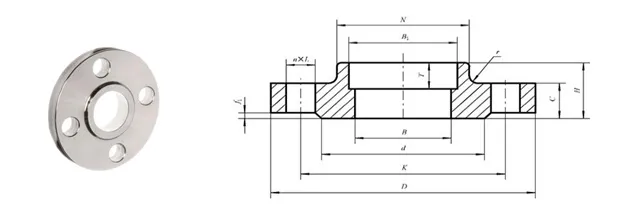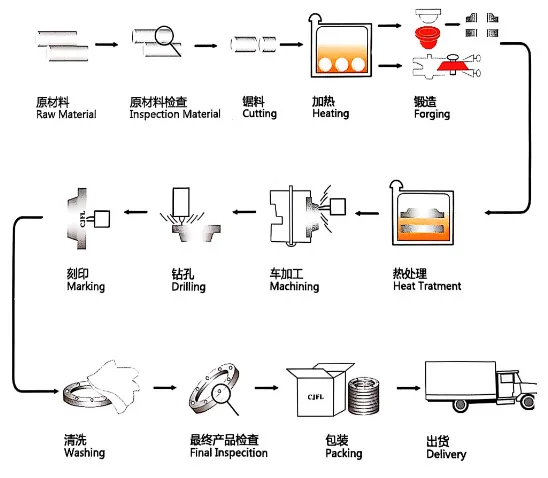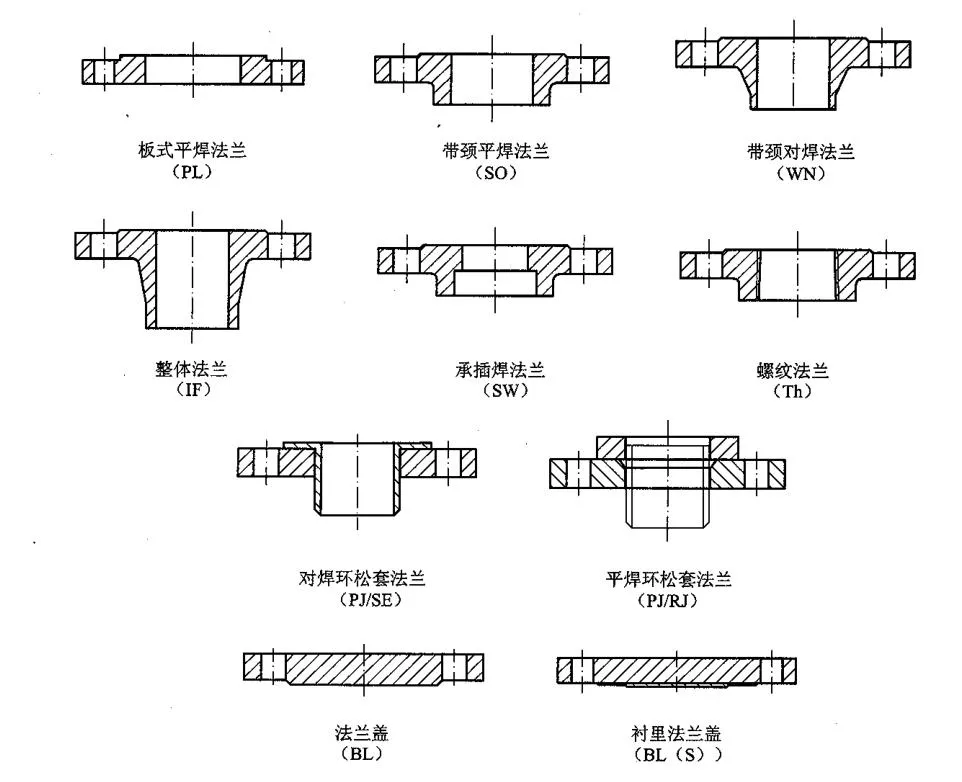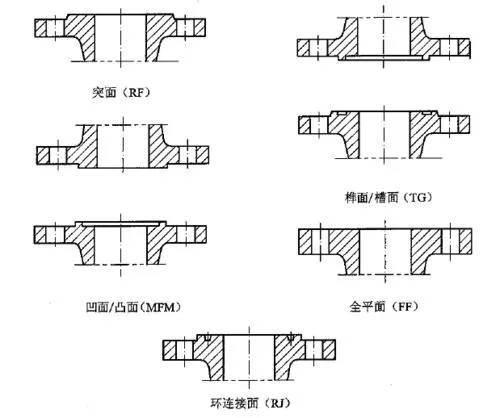
Titanium Socket Weld Flanges (SW flanges) are designed for use on small-diameter, high-pressure piping systems. The pipe is inserted into the flange’s socket end and welded only on the outer side, creating a smooth bore and better flow characteristics compared to threaded connections.

These flanges are typically manufactured from Grade 2 titanium or titanium alloys (Gr7, Gr12) in compliance with ASTM B381, and offer superior resistance to corrosion, seawater, and aggressive chemicals, making them ideal for chemical plants, offshore platforms, and desalination units.
|
Material Grade |
Gr.1, Gr.2, Gr.5, Gr.7 |
|
Standard |
ANSI B16.5, ASTM B16.5, ASME B16.47, JIS B2220, DIN2627-2628, AWWA, ASTM A182 AND ASME SA182, GOST 12820 / 12821-80, etc. |
|
Size |
1/2"-60"NB NPS 1/2-NPS 24 (DN 10 - 2000) |
|
Pressure Class |
PN2.5, PN6, PN10, PN16, PN25, PN40, PN63, PN100, PN160, PN250, PN320, PN400 150#, 250#, 300#, 400#, 500#, 600#, 900#, 1500#, 2500# |
|
Flange Face Types / Connection Type |
Flat Face Flange (FF), Raised Face Flange (RF), Ring Joint Flange (RTJ) |
|
Product specifications can be customized according to customer drawing. |
|

High-purity piping, offshore systems, chemical and petrochemical plants, vacuum pipelines, seawater corrosion environments, and high-pressure fluid transport systems.
|
Visual Inspection |
To check for surface defects such as cracks, dents, scratches, and deformations. |
|
Dimensional Inspection |
Verify outer diameter, thickness, bolt circle diameter, sealing surface dimensions, etc. |
|
Chemical Composition Analysis |
Performed by spectrometer or ICP to ensure the titanium grade (e.g., Gr.2, Gr.5) complies with standards. |
|
Mechanical Properties Testing |
Includes tensile strength, yield strength, elongation, etc., according to ASTM B381 or relevant standards. |
|
Non-Destructive Testing (NDT) |
Typically includes Ultrasonic Testing (UT) or Dye Penetrant Testing (PT) to detect internal or surface flaws. |
|
Pressure Testing (Hydrostatic Test) |
For pressure applications, hydrostatic testing may be conducted to verify strength and sealing performance. |
|
Sealing Surface Flatness Check |
Checks the smoothness and flatness of the sealing face (e.g., RF, FF) to ensure tight sealing. |
|
Hardness Testing |
Brinell or Vickers hardness testing to assess material condition or heat treatment if required. |
Tests are based on standards such as ASTM B381, ASME B16.5, GB/T 9119, EN 1092-1, etc.
Third-party inspection reports (SGS, TUV, BV) can be provided upon request.
For exports, common quality documents
include:
✔ Dimension Inspection Report
✔ Material Test Certificate (MTC)
✔ NDT Report
✔ Packing Inspection
Packing:
Packed in strong seaworthy plywood cases with proper labeling. Each flange is individually protected with plastic wrap or foam.Customized packaging and pallet available upon request.
Flange Type and its code

Flange Sealing Surface Type and its code
